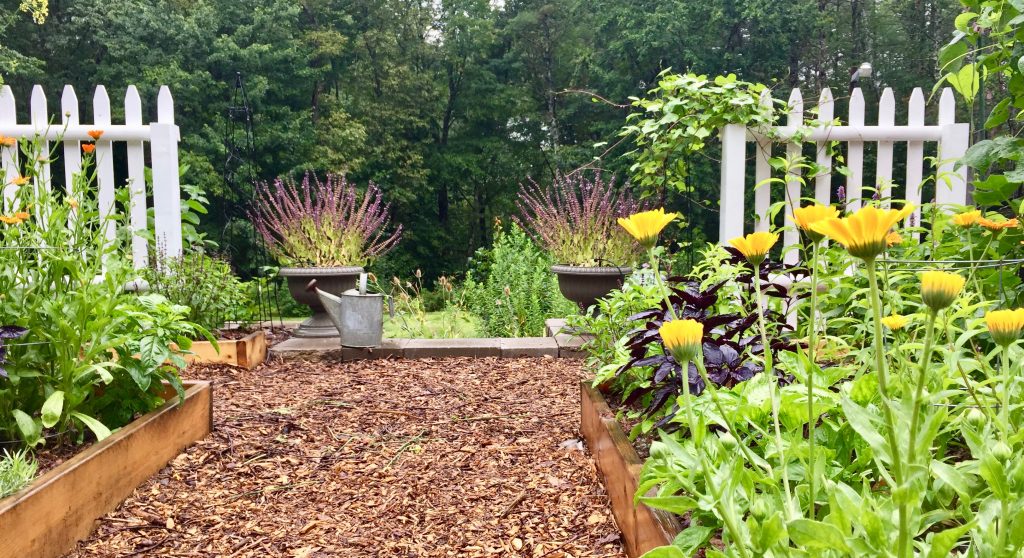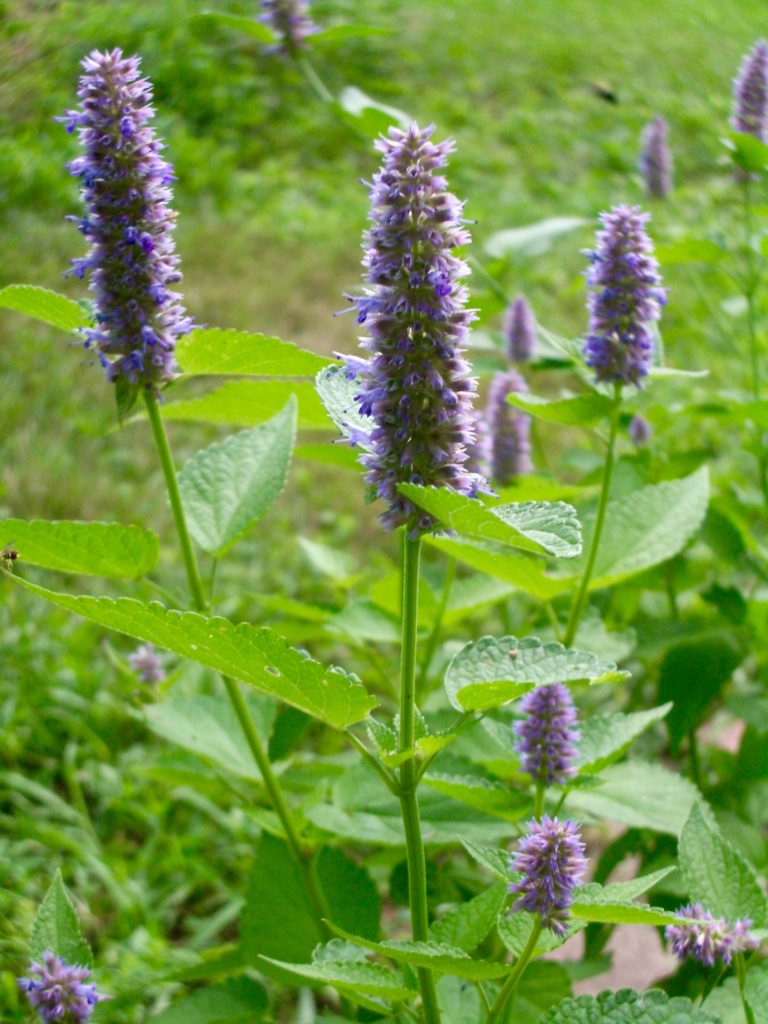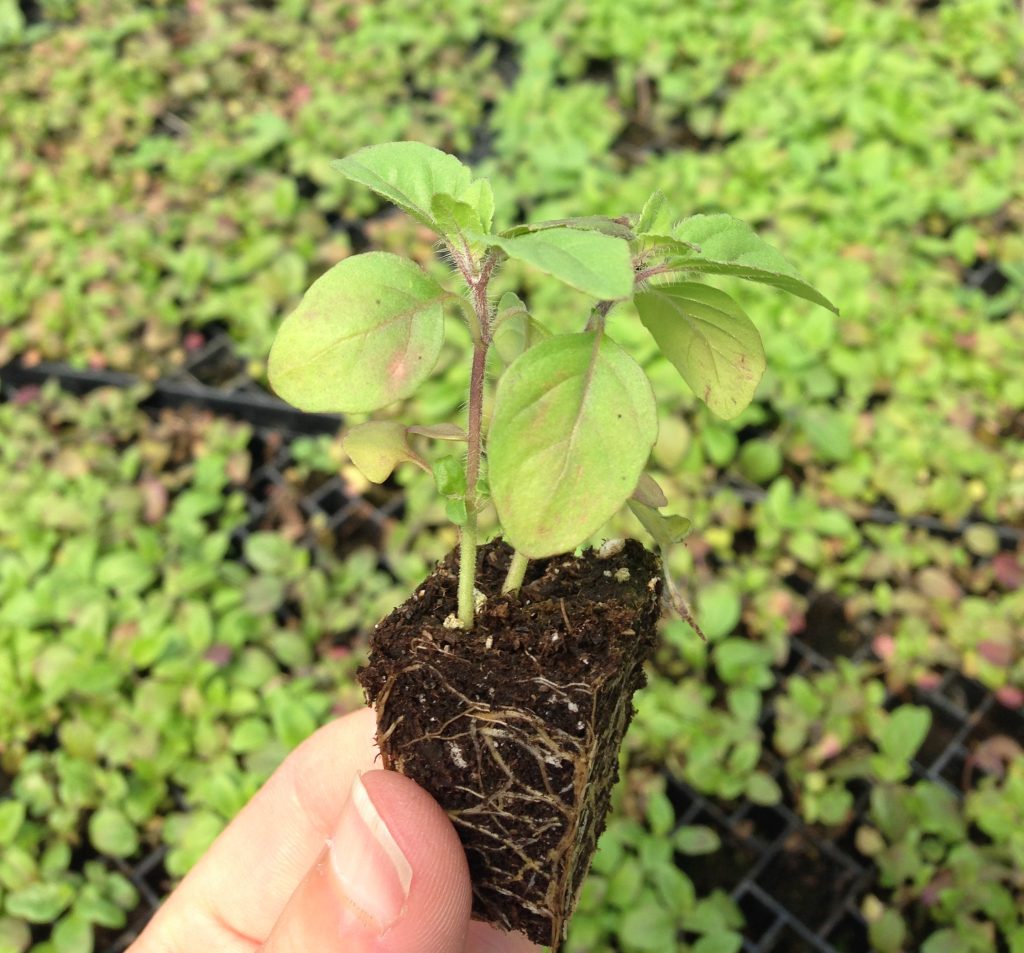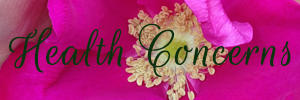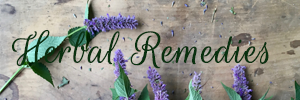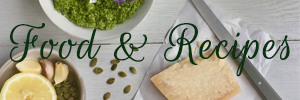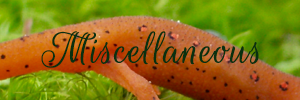As an herbalist without a green thumb, I assure you, only weeds surpass herbs in ease of cultivation. Many thrive in spite of terrible soil, varying sun, and infrequent watering. Hungry critters lurking in your garden? Not to worry, most herbs rank low on the taste buds of bugs and other browsers, yet they’re utterly delicious to us. Here are some of my favorite herbs – some common, some less well known – that grow easily and provide a bounty of flavor and medicine for your kitchen.
Korean Licorice Mint & Anise Hyssop
These two Agastache mint relatives offer sweet anise-like flavor and tall, beautiful purple blooms that attract beneficial pollinators. (I prefer Korean licorice mint’s flavor, but anise hyssop is a little easier to find.) Snip fresh leaves into salads, add sprigs to flavor seltzer, and dry the leaves and edible flowers for tea or as fennel seed stand-in on your spice rack. It’s amazing infused in honey. Medicinally, it improves resistance to the cold and flu, settles the stomach, and offers antioxidant and anti-inflammatory properties. It prefers full sun and well-drained soil but will grow almost anywhere. It self-seeds rampantly but is easy to pull out or move. Allow a few baby plants to stay around to keep this short-lived perennial going.
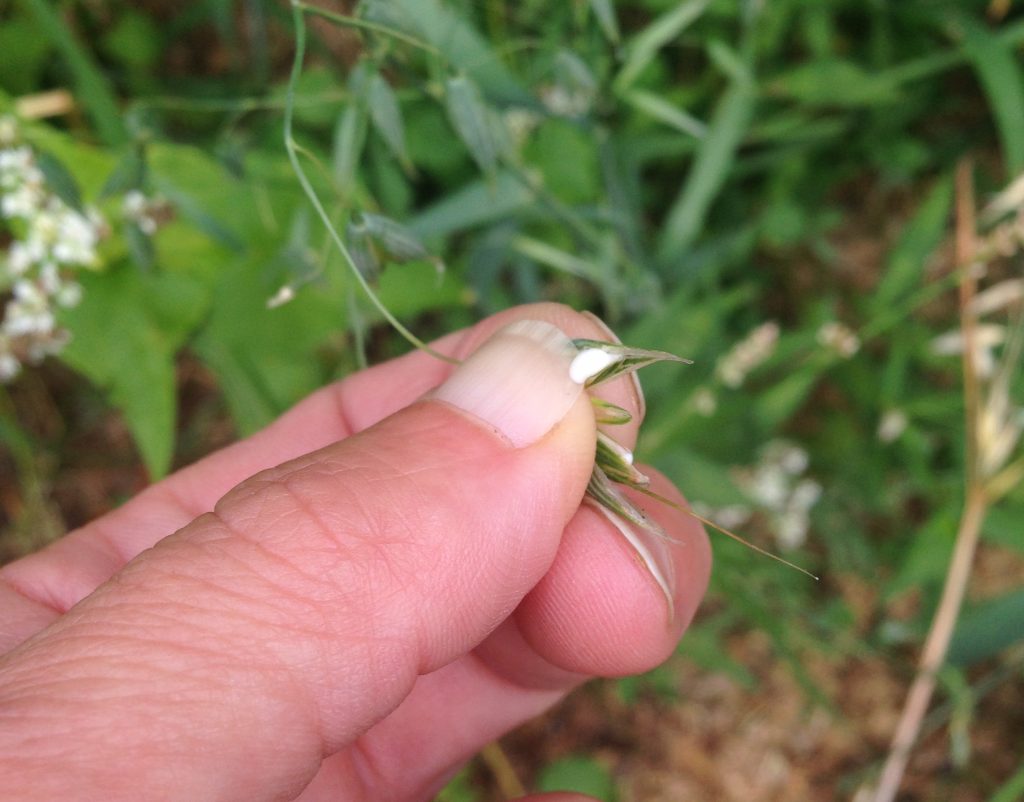
Oat Straw & Milky Oat Seed
Though more often used as a cover crop, oats can be planted in your unused plots or the back of your garden as a tonic herb. Harvest, dry, and chop the green stalks and tops for pleasant -tasting nutritive tea with more vitamins and minerals than oatmeal. It’s particularly high in calcium, magnesium, and silica and, as such, is often used as a strong nourishing infusion for strong bones. When the seed heads begin to mature, squeeze them and see if you can find some that exude a milky latex. These “milky oats tops” contain alkaloids that calm and nourish the nervous system and are perfect for stress, anxiety, adrenal exhaustion, addiction withdrawal, and attention deficit/hyperactivity issues. This is safe enough for children and blends well with lemon balm and holy basil. The sedative/nervine properties are lost once it’s dried; infuse fresh milky oats in alcohol (tincture) or vinegar. Buy oats in feed stores or get organic oats in seed catalogs as a cover crop. It prefers moderate to full sun and regular watering as it gets established.
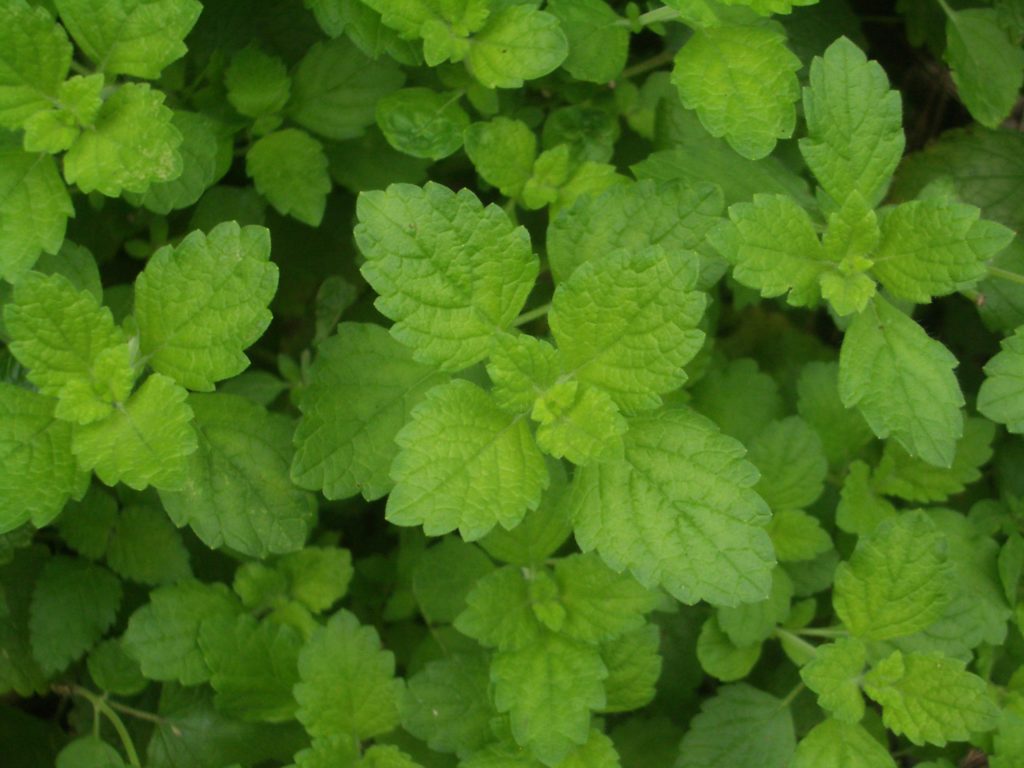
Lemon Balm
This lemon Pledge-scented mint family herb spreads by underground root runners and usually survives our winters with gusto. Harvest the leaves for tea (fresh or dry), tincture, infused honey, etc. Lemon balm quells the nervous system while lifting the spirit. Studies have found that just one dose improves both cognition and mood. It also aids digestion and blends well with mint, Agastache, and lemon-flavored herbs.
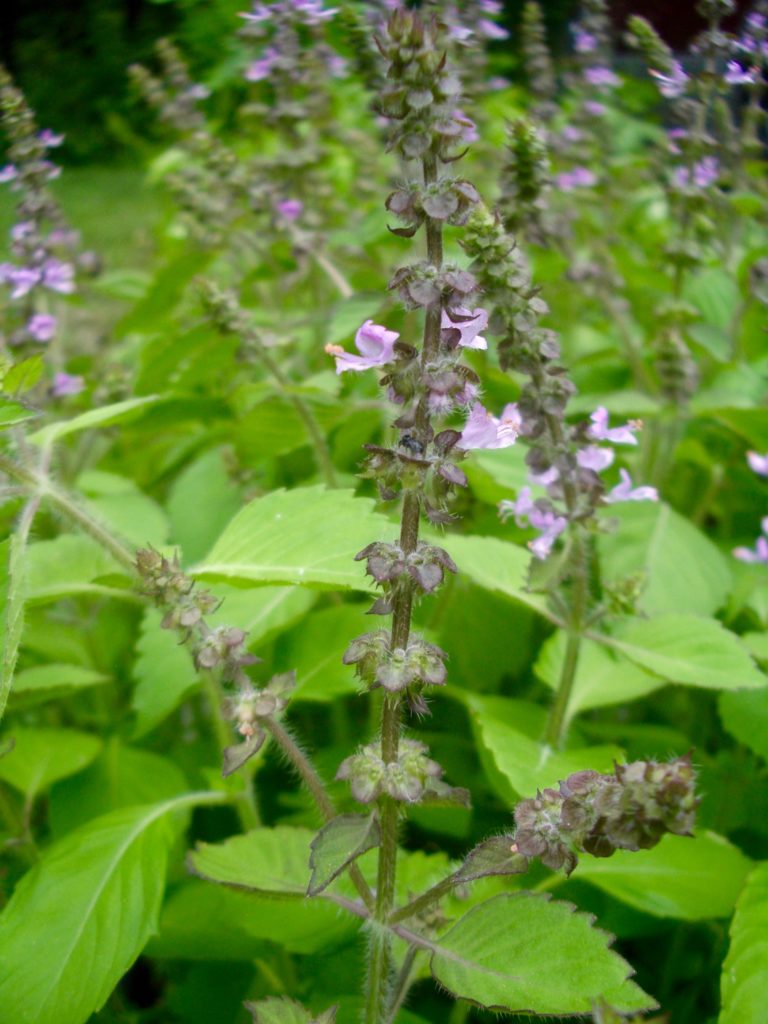
Holy Basil/Tulsi
This Ayurvedic herb can be grown just like culinary basil – it loves rich, moist soil, heat, sun, and is perfectly fine in a pot. The leaves and flowers provide calm energy that helps your body adapt to stress by balancing the stress hormone cortisol as well as blood sugar. It also reduces inflammation and has many other benefits. Great fresh or dry in any form, and particularly fabulous as tea.
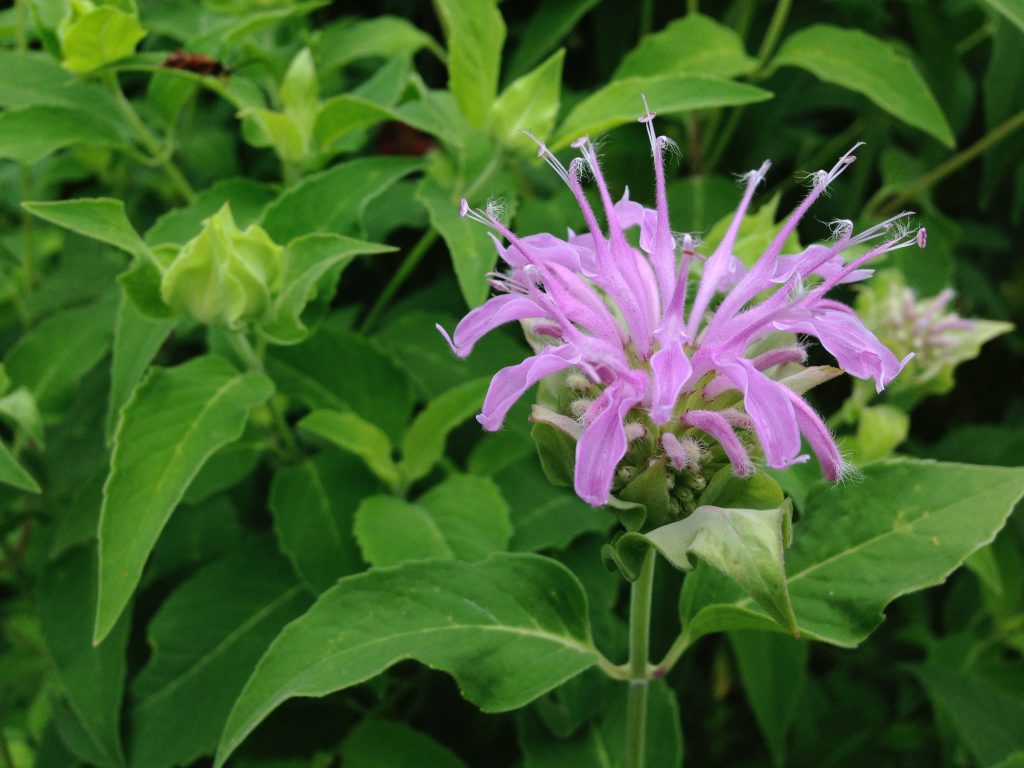
Bee Balm
Any Monarda with a good oregano/thyme flavor and bite will do, but M. fistulosa will knock your socks off! Use leaves and flowers (before powdery mildew overwhelms it) just like oregano for infections – colds, stomach, topical, respiratory, yeast… For coughs and sore throats, a lot of honey softens the bite. Use the flowers as a tasty edible garnish. Bee balm will grow anywhere and can get weedy but is gorgeous and attracts pollinators.

Calendula
Calendula flowers perk up the garden with color. Many varieties exist. In my mind, the brighter, the better. Favored varieties include Flashback Mix (above), Alpha, and Resina. Sow seeds in late fall or early spring or plant seedlings (Warner River Organics sells them at Herb & Garden Day). I put my plants in tomato cages because they tend to flop over as they get bigger. Harvest flowers to use the petals as a garnish or dry for use in herb-infused oils, tea, soup broth, etc. Calendula is vulnerary (wound healing), mildly antimicrobial, anti-inflammatory, and also moves the lymphatic system. Topically, it’s fantastic for itchy, irritated skin rashes and is safe for babies. I use it as an oil, salve, or in cream recipes. In soup broths, it gives a boost of carotenoids (100 times that of a sweet potato by weight!). A sprinkle of petals in a dish or tea blend doesn’t taste like much, but in therapeutic doses it’s more vitamin-y and bitter. Generally very safe unless you have daisy family flower allergies, in which case this may bother you, too. This annual might self seed on its own.
My favorite place to get seedlings
is at NH Herb & Garden Day, which happens every year in June. Click here for details.
The statements made on this blog have not been evaluated by the FDA and are not intended to diagnose, prescribe, recommend, or offer medical advice. Please see your health care practitioner for help regarding choices and to avoid herb-drug interactions.

